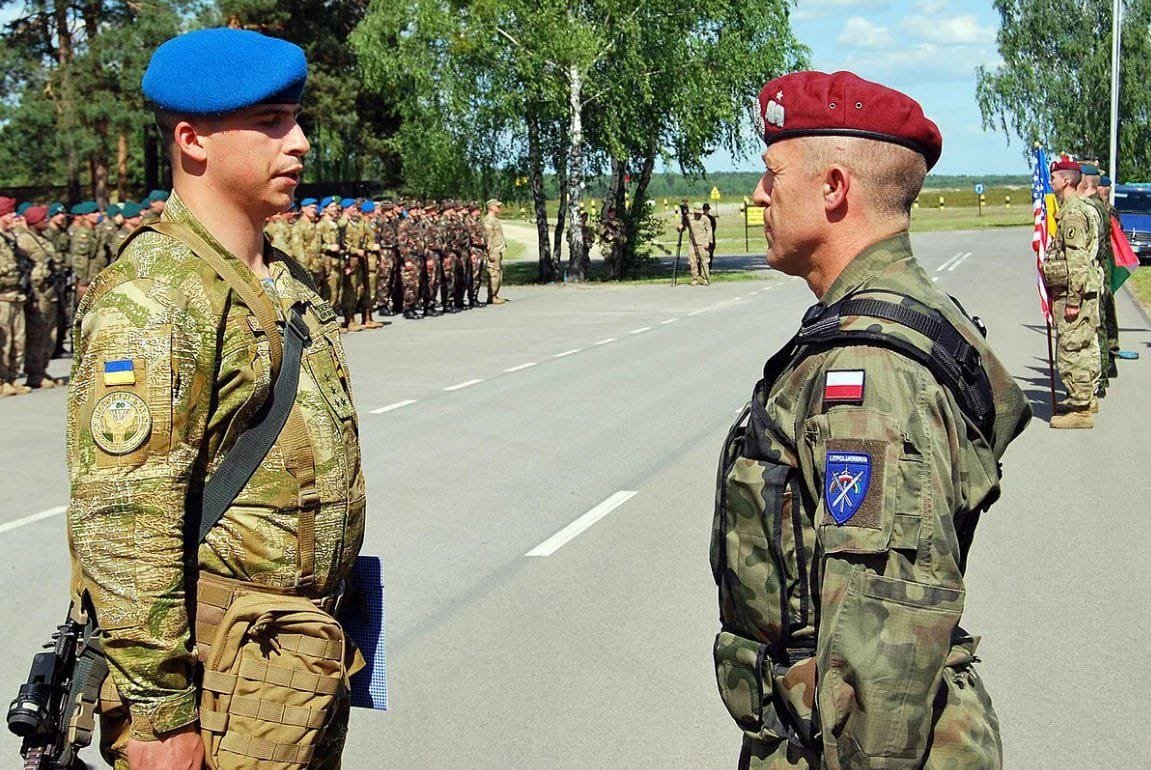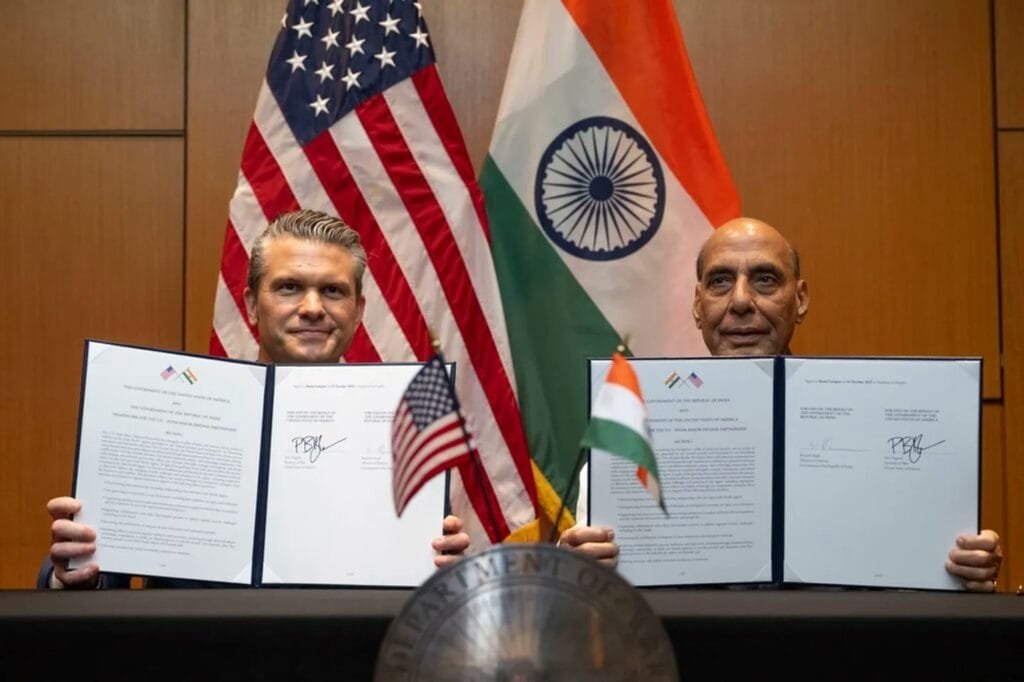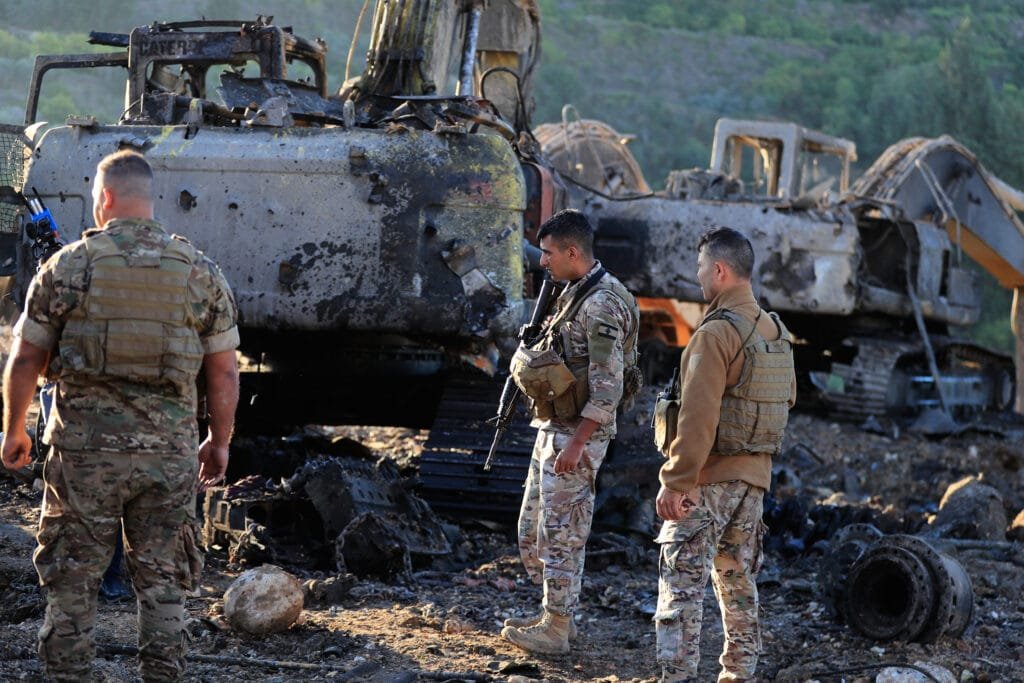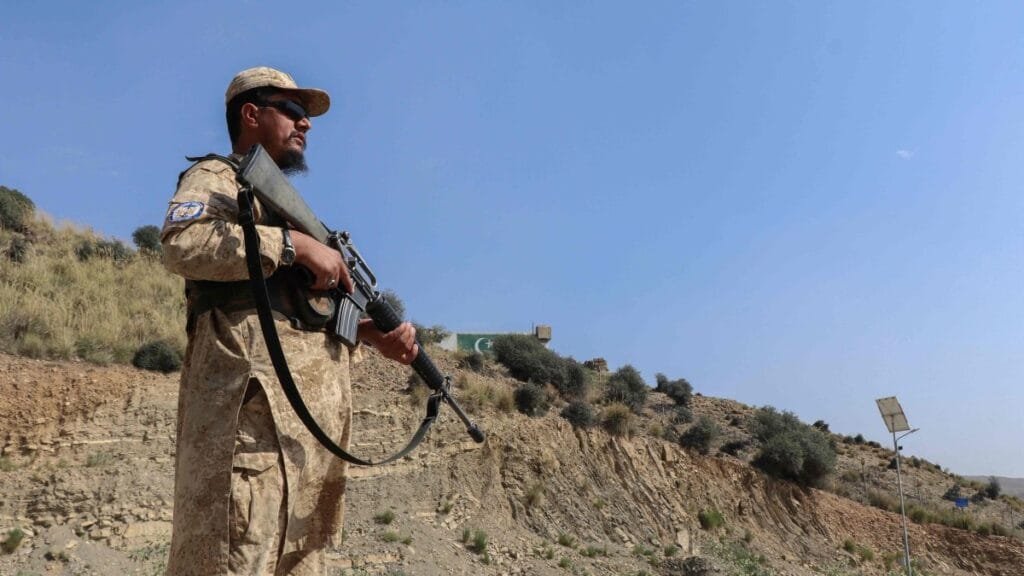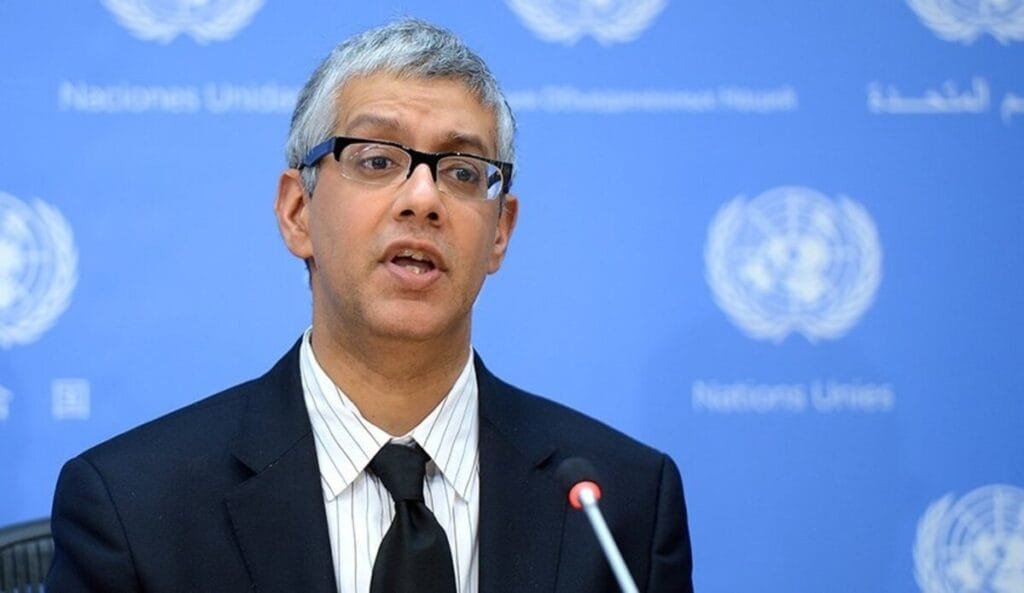Poland is sending military personnel to Ukraine for anti-drone combat training following a major airspace incursion this week in which at least 19 Russian drones violated Polish airspace. Four of those drones were shot down by Polish and NATO aircraft. President Volodymyr Zelenskyy raised the alarm over what he called a “different level of escalation” by Russia, particularly criticizing the use of Iran-made Shahed drones, which Ukraine has fought extensively.
Prime Minister Donald Tusk and Zelenskyy have agreed to deepen military cooperation, including Poland sending representatives for practical training in Ukraine on how to detect, track and neutralize drone threats. Poland’s officials emphasize that this is not just about reacting to one incursion but building up capacity for future threats along its eastern border with Belarus and Ukraine.
The incident prompted Poland to invoke NATO’s Article 4, which allows consultation among member states when a country believes its security is threatened. Poland also imposed air traffic restrictions along its eastern border for security purposes and elevated its military readiness. This marks one of the most serious airspace breaches Poland has faced since the start of Russia’s full-scale invasion of Ukraine, raising tensions within NATO about collective defense and deterrence.
The training plan is still being fleshed out. Zelenskyy has offered to share Ukraine’s battlefield experience dealing with drones especially lower-cost, high frequency systems employed by Russia to help Poland strengthen its multi-layered air defence. Observers see this move as part of a pattern: Poland has pushed forward with military modernization, and this new cooperation is aligned with its ongoing effort to ‘dronize’ the armed forces, integrate unmanned aerial systems and improve early warning and countermeasures.

